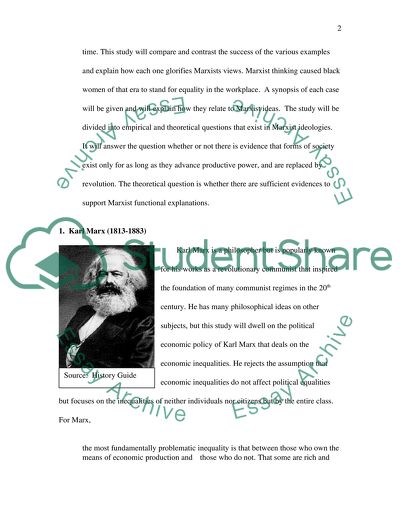Cite this document
(“African American Women in Labor Unions Black, Brave and Bold Essay”, n.d.)
African American Women in Labor Unions Black, Brave and Bold Essay. Retrieved from https://studentshare.org/history/1522650-african-american-women-in-labor-unions-black-brave-and-bold
African American Women in Labor Unions Black, Brave and Bold Essay. Retrieved from https://studentshare.org/history/1522650-african-american-women-in-labor-unions-black-brave-and-bold
(African American Women in Labor Unions Black, Brave and Bold Essay)
African American Women in Labor Unions Black, Brave and Bold Essay. https://studentshare.org/history/1522650-african-american-women-in-labor-unions-black-brave-and-bold.
African American Women in Labor Unions Black, Brave and Bold Essay. https://studentshare.org/history/1522650-african-american-women-in-labor-unions-black-brave-and-bold.
“African American Women in Labor Unions Black, Brave and Bold Essay”, n.d. https://studentshare.org/history/1522650-african-american-women-in-labor-unions-black-brave-and-bold.


